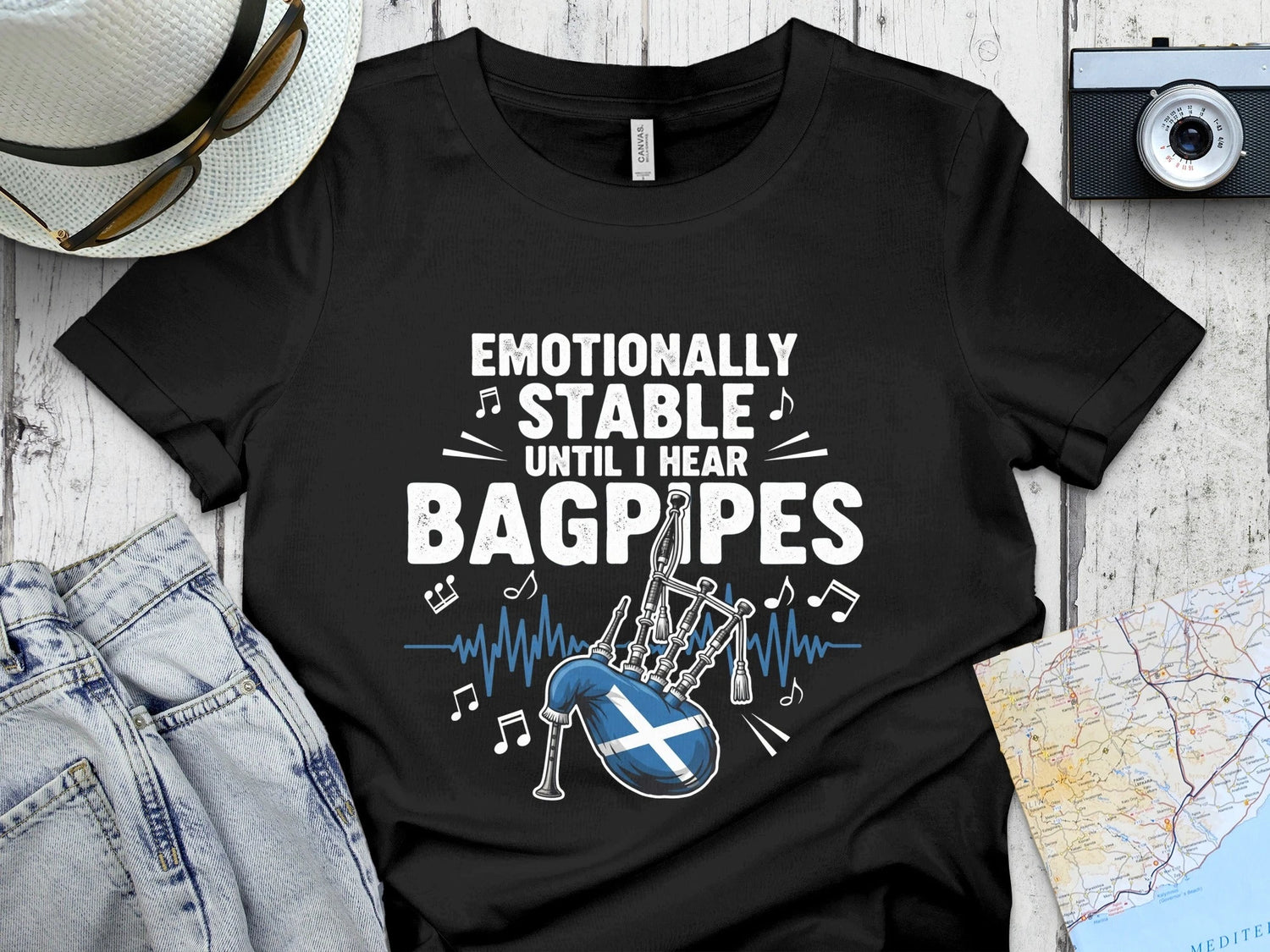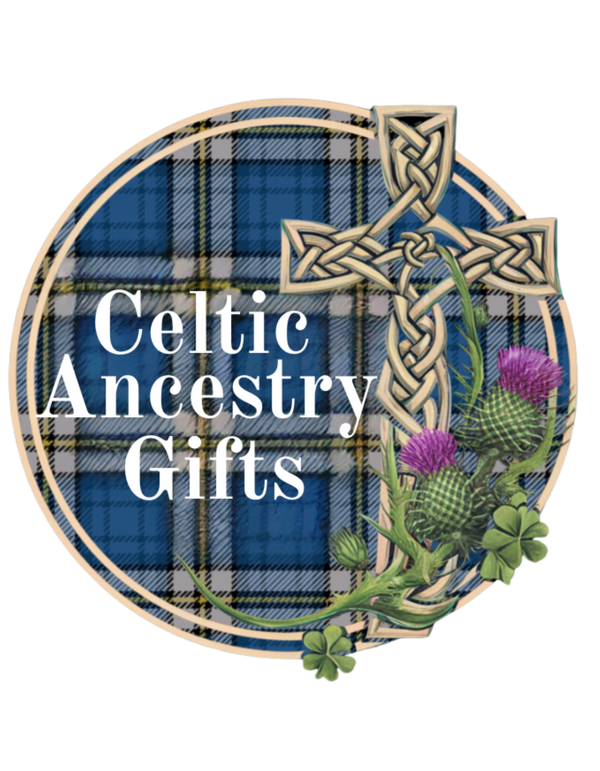
The Browne Surname: Irish Roots and Global Legacy
Share
The Browne surname, a name resonating with centuries of history, stands as a prominent thread in the intricate tapestry of Ireland's past and present. Its origins, while rooted in Norman France, have become indelibly linked with the Emerald Isle, evolving into a significant Irish lineage. For those exploring their Celtic ancestry gifts, understanding the Browne surname offers a profound connection to a storied heritage. This article embarks on a comprehensive journey through the history of the Browne family, delving into their origins, prominent figures, enduring family ties, significant landmarks, patterns of migration, intriguing fun facts, and their vibrant presence in the modern day.
Unearthing the Norman Origins and Irish Integration
The Browne surname first arrived on Irish shores with the Anglo-Norman incursions of the 12th century. Initially known by variations of 'Brun' or 'de Brun', the name signifies an ancestor distinguished by brown hair or complexion, stemming from the Old French 'brun'. While these settlers brought their own customs and heraldry, they quickly integrated into the Irish landscape. The Browne family, in particular, established deep roots and considerable influence, becoming particularly prominent in the western counties of Ireland, such as Mayo, Galway, and Sligo. Their arrival marked the beginning of a long and complex relationship between Norman settlers and the indigenous Gaelic population, leading to a rich fusion of cultures. The early establishment of the Browne family in Ireland is documented in various historical records from the late 1100s and early 1200s, highlighting their rapid ascension and integration into the socio-political structure of medieval Ireland. This integration was often solidified through strategic marriages with powerful Gaelic families, further intertwining their destiny with that of Ireland.
Family Ties and the Enduring Symbol of Heraldry
Family lineage and the symbols that represent it are crucial to understanding the Browne surname. Heraldry played a vital role in distinguishing different branches of the family, each often developing its own unique coat of arms. These emblems served not only as identifiers but also as symbols of pride and status. For individuals keen on celebrating their heritage, exploring these symbols is a deeply rewarding experience. While not specific to the Browne surname, the Branigan Coat Of Arms Irish Family Name Pennant exemplifies the powerful sentiment behind displaying one's family heritage. This finely crafted pennant, featuring the Irish national tartan background, is made from 100% durable polyester twill, ensuring it retains its shape and dries quickly. Its vibrant colors, achieved through advanced printing techniques, are long-lasting, and the ready-to-hang wooden dowel with twine makes it effortless to display. The laser-cut edges prevent fraying, offering a polished and enduring symbol of family pride, perfect for walls, celebrations, or as a unique addition to any collection of Celtic ancestry gifts.  The interconnectedness of families through marriage and alliance was a defining characteristic of the Browne lineage in Ireland. Their ability to navigate and thrive within both Norman and Gaelic social structures is a testament to their adaptability and influence. Tracing these intricate family ties can reveal fascinating connections to other prominent Irish families, painting a richer picture of one's ancestral journey. The Browne family history is a complex web of relationships, alliances, and sometimes rivalries, reflecting the dynamic political and social landscape of Ireland throughout the centuries. The establishment of various branches, or septs, in different regions further diversified their impact and contributed to the widespread presence of the surname.
The interconnectedness of families through marriage and alliance was a defining characteristic of the Browne lineage in Ireland. Their ability to navigate and thrive within both Norman and Gaelic social structures is a testament to their adaptability and influence. Tracing these intricate family ties can reveal fascinating connections to other prominent Irish families, painting a richer picture of one's ancestral journey. The Browne family history is a complex web of relationships, alliances, and sometimes rivalries, reflecting the dynamic political and social landscape of Ireland throughout the centuries. The establishment of various branches, or septs, in different regions further diversified their impact and contributed to the widespread presence of the surname.
Echoes in Famous Landmarks
The enduring presence of the Browne family in Ireland is visibly marked by their association with numerous historical landmarks. From grand castles and stately homes to ancient monastic sites, their influence is etched into the landscape, particularly in the west of the country. These sites are not merely historical relics but tangible connections to the generations of Brownes who shaped them. Browne Hall in County Mayo, for instance, stands as a notable example of the family's architectural patronage and deep historical ties to the region. The legacy of Browne landowners and their contributions to local development can be seen in the preservation of these sites and the stories they hold. Many other estates, though perhaps less widely known, were also built, expanded, or managed by Brownes, reflecting their status as significant landowners and pillars of their communities.
Notable Personalities and Lasting Contributions
The Browne surname has been borne by a remarkable array of individuals who have left an indelible mark on history. Their achievements span a wide spectrum of human endeavor, from leadership in politics and the military to groundbreaking contributions in the arts, sciences, and literature. These notable figures serve as powerful embodiments of the Browne legacy, inspiring pride and a sense of connection to a distinguished past. Sir Thomas Browne, the influential 17th-century English physician and writer, is a celebrated bearer of the name, renowned for his philosophical prose. In Ireland, figures like Dominick Browne, a significant politician and landowner who played a key role in Irish affairs during the 18th century, exemplify the family's historical importance. The Browne name has also been associated with numerous military leaders, scholars, artists, and innovators, each contributing to the surname's rich and multifaceted history.
The Global Footprint: Migration and Diaspora
The story of the Browne surname is inextricably linked to the broader narrative of Irish emigration. Driven by factors such as the Great Famine, economic hardship, and the pursuit of new opportunities, countless individuals and families bearing the Browne name embarked on journeys across the globe. They settled in North America, Australia, New Zealand, and Great Britain, carrying with them their heritage, traditions, and a resilient spirit. This global diaspora has ensured that the Browne surname is now a familiar sight in many nations, maintaining a vibrant connection to its Irish origins. The waves of emigration, particularly in the 19th century, saw Brownes establishing communities and contributing to the development of their new homelands, often while cherishing their ancestral roots. This dispersion offers fertile ground for genealogical exploration, connecting descendants across continents. For those wishing to celebrate their Irish heritage, Irish gifts provide a tangible link to their past. The Branigan Family Crest Ireland Baseball Cap is a stylish and accessible way to express this pride. While emblazoned with the Branigan crest, it symbolizes the universal pride in Irish ancestry that many share, including those of Browne lineage. Crafted from 100% cotton twill, this unisex distressed cap offers a comfortable, unstructured fit and a vintage feel. Its classic 6-panel construction, breathable eyelets, and a subtly curved visor with distinctive stitching make it a durable and fashionable accessory for everyday wear. It’s an ideal piece for anyone wanting to showcase their connection to Ireland. 
Intriguing Fun Facts About the Browne Surname
- The Browne surname ranks among the most common surnames in Ireland, a testament to its deep historical roots and widespread adoption across various regions and social strata.
- Over centuries, the name has evolved into numerous variations, including Brun, Bron, and others, reflecting linguistic shifts and regional influences, making genealogical research a fascinating detective endeavor.
- Several distinguished noble families in Ireland and the United Kingdom carry the Browne name, notably the Marquesses of Sligo, whose ancestral seat is Westport House in County Mayo, highlighting the surname's historical association with aristocracy and significant land ownership.
- The western counties of Ireland, particularly Mayo and Galway, became strongholds for the Browne family, where they wielded considerable influence in political, economic, and social spheres for generations.
- As a surname of Norman French origin, Browne shares linguistic roots with similar names found across Europe, underscoring the interconnectedness of medieval European societies and the shared heritage of many surnames.
- The presence of the Browne name in historical records often signifies a connection to landed gentry, military service, or positions of local administration, providing clues for ancestral research.
The Browne Surname in the Contemporary World
In the 21st century, the Browne surname continues to be a vibrant and integral part of Irish identity, both on the island and within the global diaspora. Individuals named Browne contribute to society in countless ways, upholding a legacy of achievement and resilience. Genealogical research remains a popular pursuit, allowing modern descendants to connect with their ancestral past and understand the epic journeys of their forebears. The Browne name is carried by people from all walks of life, embodying the diverse and dynamic nature of contemporary Irish society. In 2025, the spirit of the Browne heritage thrives, celebrated through family gatherings, cultural events, and the enduring pride in a rich and storied ancestry. Whether living in Ireland or abroad, those bearing the Browne surname carry a piece of its remarkable history, contributing to its ongoing story. In conclusion, the journey through the history of the Browne surname reveals a compelling narrative of integration, influence, and enduring legacy. From its Norman origins and its deep entrenchment in Irish soil to its global dispersion, the Browne family's story is one of remarkable adaptability and lasting impact. Exploring this rich heritage, perhaps through the acquisition of meaningful Irish gifts or delving into the fascinating world of Celtic ancestry gifts, offers a profound connection to a past that continues to shape the present.

